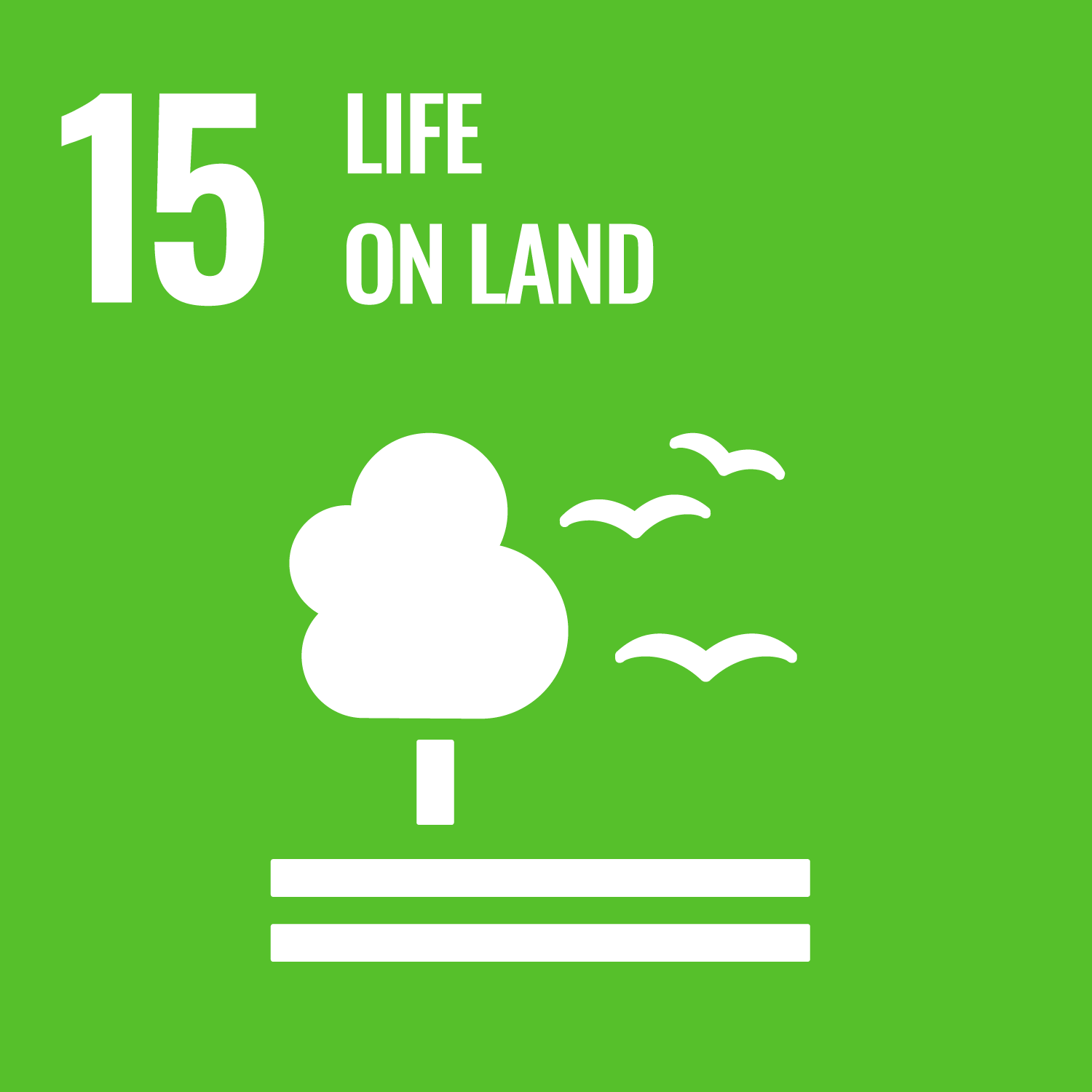Accurately testing soil quality is essential for growing successful crops, but until now farmers have had to send in samples to a lab and wait for results.
Thanks to the University of Alberta’s expertise in laser science, there is now a fast, portable tool for testing soil samples in the field. Using a process called laser-induced breakdown spectroscopy (LIBS), a device the size of a large suitcase produces a detailed profile of the soil’s essential elements and texture in seconds.
Directed at a small sample, the laser produces a “hot, dense state of matter called plasma,” says Amina Hussein, professor in the U of A’s Department of Electrical and Computing Engineering and Canada Research Chair in Laser-Plasma Interactions.
When this “soup of electrons and ions and neutrals” cools down, it emits light, and those wavelengths reveal the soil’s composition, including indicators of soil health such as nitrogen and carbon as well as the proportion of sand, silt or clay.
That data can help farmers increase crop productivity, by, for example, applying the right amount of fertilizer. The device may also eventually determine how much organic carbon could be sequestered in soil at a given site, says Hussein, helping to reduce CO2 emissions.
